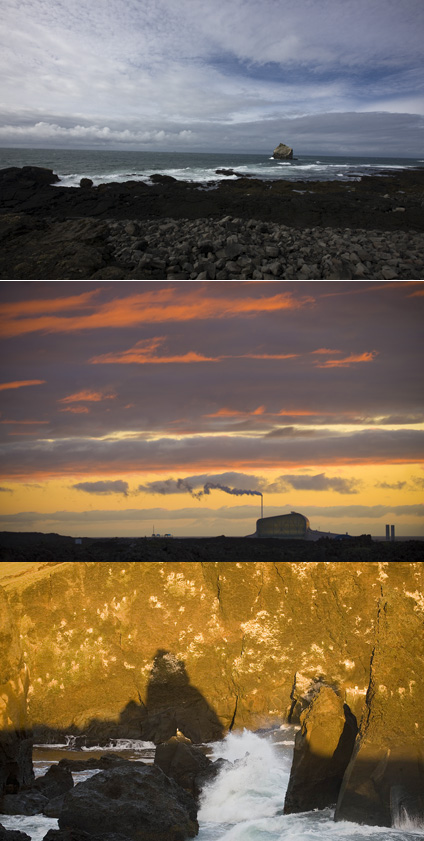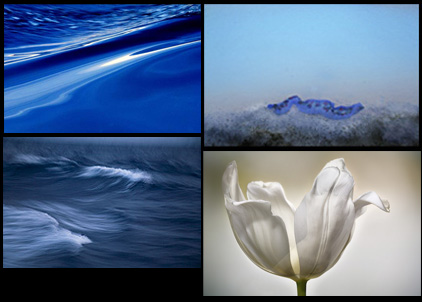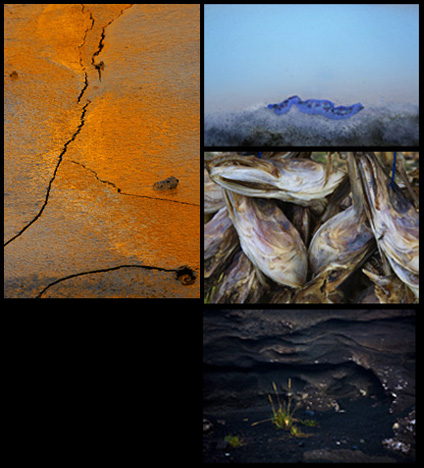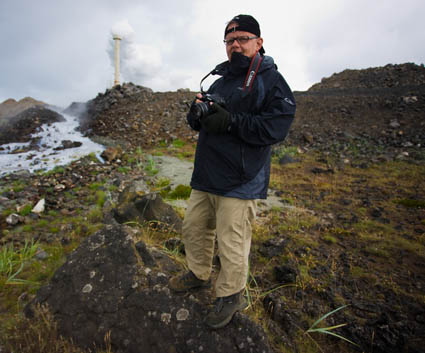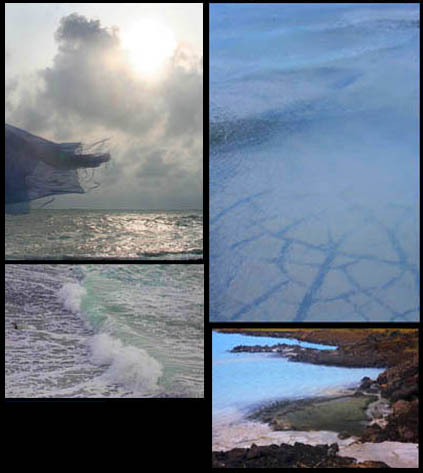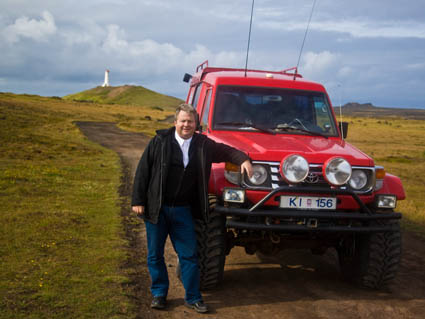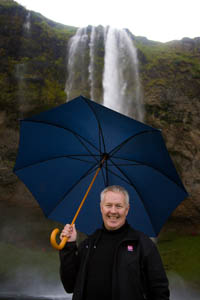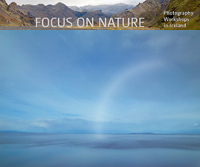3 Keys for Artistic Growth – Look, Speak, Listen
How do you help people make more authentic work? The most important thing to do is to find out where they are now and what they need most. How do you find this out? Look at their work. Listen to them speak. Watch them work. You can do the same for someone else.
You can do all of this for yourself. Look, speak, listen. Look at yourself looking. Listen to yourself speaking. Listen to yourself listening. Make notes. Do this without judgement. Just become more aware of yourself and your process. Simply becoming more aware of your process, both external and internal, helps you make more authentic work. You discover your voice. Make time and space for your voice. It’s extremely rewarding.
Find out more about Focus on Nature here.
Get Priority Status for all 2009 workshops now by emailing einar@focusonnature.is.


